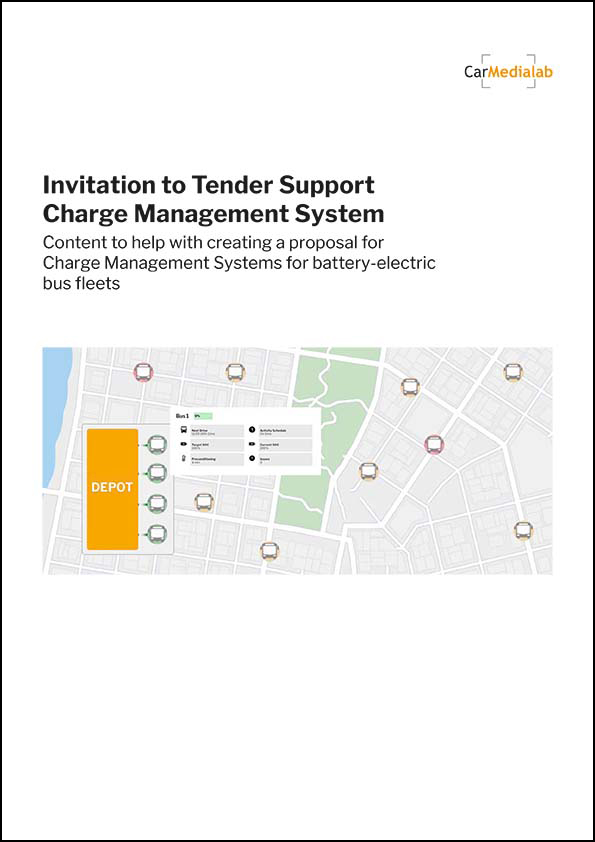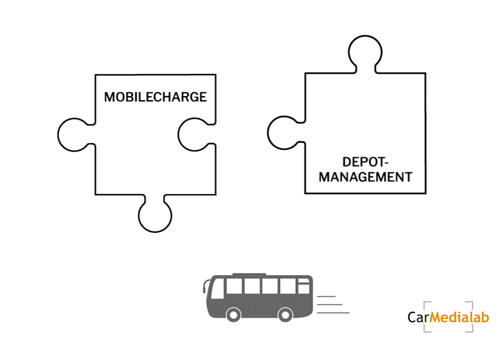Joint solution for battery monitoring in electric buses
New partnership between volytica diagnostics and CarMedialab
We are pleased to announce that we have signed a binding agreement with volytica diagnostics GmbH, the experienced software provider of battery diagnostic solutions, to further develop condition monitoring of vehicle batteries.
Growth in the electric bus market
With the global electric bus market growing at an unprecedented rate, customers worldwide have come to rely on turnkey solutions provided by market leaders. As the market expands, the need for transparency regarding the most critical wear parts of mobility turnkey solutions, such as batteries, becomes increasingly crucial.
Battery diagnostics solution for vehicle health monitoring
volytica diagnostics GmbH ‘s cutting-edge battery diagnostic solution is designed to address this need, enabling fleet owners to monitor battery health and make well-founded decisions regarding battery maintenance and replacements.
Claudius Jehle, Managing Director of volytica, emphasises: “By working with CarMedialab, we aim to provide fleet owners worldwide with comprehensive insights to ensure optimised performance and increased safety”.
“Our collaboration will improve the seamless collection of battery data in electric buses to monitor vehicle health. The raw data will be transmitted to volytica, where it will be refined and analysed. With the returned results fleet owners are allowed to easily access and display this validated information within their existing monitoring systems”, explains Heiko Bauer, Managing Director of CarMedialab.
Benefits and use cases for fleet owners
This cooperation will empower fleet owners with a range of benefits and use cases, including:
- Minimising costs by monitoring warranty conditions.
- Optimising vehicle availability by detecting battery anomalies and proactively addressing issues.
- Enhancing fire safety by identifying potential risks and implementing preventive measures.
- Reducing battery load to extend service life and maximise the return on investment.
- Determining residual value accurately, enabling efficient fleet management and asset evaluation.
Additionally, we are actively working together on future initiatives such as warranty extension programs and insurance offerings, further enhancing the value proposition for fleet owners.
Unique know-how and experience of both companies
volytica diagnostics GmbH, as a cleantech company based in Dresden, Germany is dedicated to revolutionising battery diagnostics by providing transparent insights into battery health. Their unique and scalable technology enables the analysis of field data transmitted from battery systems, unlocking valuable information regarding degradation, state of health, anomalies, safety risks, and state of charge.
CarMedialab, with over 20 years of experience as a telematics specialist in the automotive industry and the energy sector, brings unparalleled expertise in delivering software solutions for electromobility. Their broad range of services covers telediagnosis, smart charging and developer programs for automotive and mobile applications.













